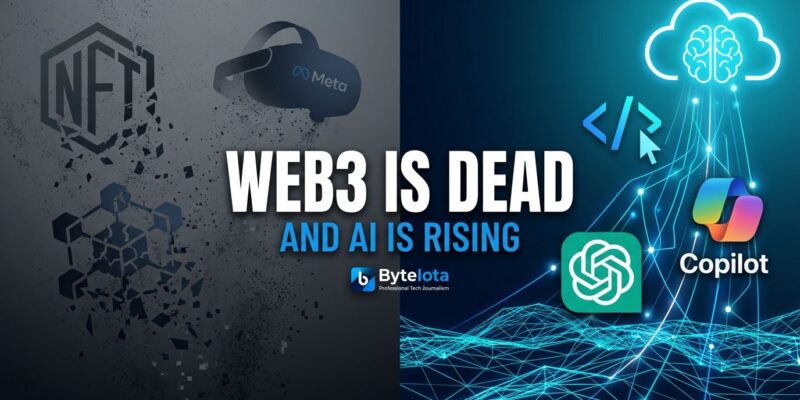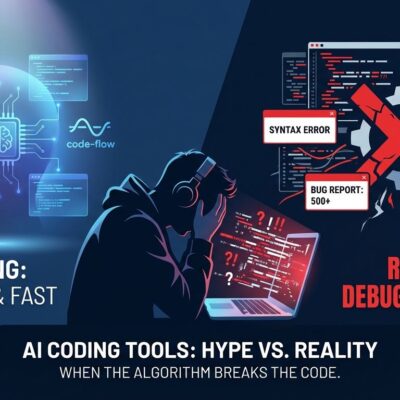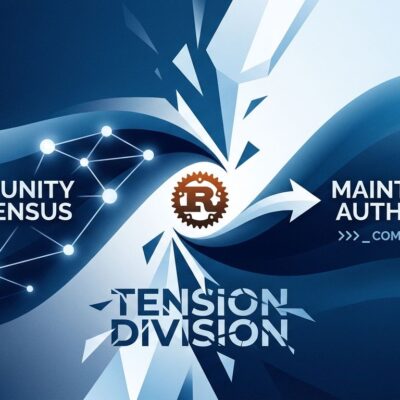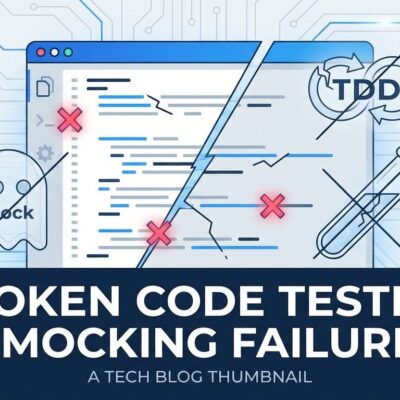
Web3 is dead. Not dying. Not struggling. Dead. The numbers prove it: 90% of Web3 projects fail, NFT trading volumes crashed 63% from peak levels, the “successful” metaverse platforms like The Sandbox have barely 100 daily users despite billion-dollar valuations, and 17 Web3 games shut down in 2025 alone. Meanwhile, AI went from hype to mainstream utility, with 84% of developers now using AI tools regularly. Developers have made their choice, and it wasn’t Web3.
The Death Certificate: Web3 by the Numbers
Web3 has a 90% project failure rate with $112 billion invested. When 9 out of 10 projects collapse after that much funding, you’re not looking at “early stage challenges.” You’re looking at a fundamentally broken model.
NFT Art trading collapsed 93% from $2.9 billion in 2021 to $23.8 million in Q1 2025. Active NFT art traders plummeted 96%—from 529,101 in 2022 to just 19,575 in Q1 2025. That’s not a market correction. That’s annihilation.
The metaverse platforms tell an even more damning story. The Sandbox and Decentraland both carry billion-dollar valuations. Daily active users? The Sandbox has approximately 100. Decentraland reported as few as 38 active users in a 24-hour period. These aren’t growing platforms finding their audience. They’re ghost towns with nine-figure price tags.
And it gets worse. Seventeen Web3 games ceased operations in 2025. The Web3 ecosystem lost $3.1 billion to security breaches in the first six months of 2025 alone—more than all of 2024 combined.
AI Killed Web3 (And It Wasn’t Even Close)
While Web3 collapsed, AI went mainstream. Stack Overflow’s 2025 Developer Survey found 84% of developers are using or planning to use AI tools—up from 76% in 2024. Fifty-one percent use AI daily. ChatGPT commands 82% adoption among developers. GitHub Copilot has 68% penetration.
AI delivers real value: coding assistance that speeds up development, content generation that saves hours, data analysis that surfaces insights, automation that eliminates repetitive tasks. Web3 delivered speculation instruments: NFTs as digital art nobody wanted, metaverse platforms nobody visited, play-to-earn games that collapsed when token prices crashed.
The salary comparison is brutal. Top-tier AI developers command the highest compensation in the industry for ML, NLP, and generative AI expertise. Web3 developers average $80,000-$250,000, but industry reports show top talent earns more in AI roles at major tech companies. Even hybrid AI + Web3 positions pay $140,000-$250,000—and the premium comes from the AI skills, not the blockchain knowledge.
Developers vote with their feet. When 84% adopt AI and less than 10% touch Web3, the market has rendered its verdict. For more on how AI tools are reshaping development, see our analysis of Google Antigravity’s agentic development platform.
Web3 Deserved to Die
Web3 failed because it was hostile to users. 68% of users abandon wallet setup before completion due to complex interfaces and technical jargon. Setting up a Web3 wallet requires understanding seed phrases, private keys, and gas fees—concepts unfamiliar to average users. No password recovery. No customer support. One mistake and your funds vanish permanently.
Even when users navigate the wallet nightmare, they face gas fee roulette. Simple transactions that cost $2 on Monday can hit $100 on Tuesday during network congestion. Poor people literally can’t afford to participate. Ethereum handles 15-30 transactions per second. Visa handles 65,000. Web2 apps are instant and free. Web3 apps take minutes and charge fees.
Worse, Web3 didn’t solve real problems. NFTs as digital art? Anyone can screenshot. Metaverse virtual worlds? Empty spaces with no compelling reason to visit. Web3 gaming? Seventeen games shut down in 2025 when ponzi-like token economics collapsed. Decentralized social media? Users stayed on Twitter, Instagram, and TikTok because UX matters more than decentralization ideology.
Technology that’s hostile to users doesn’t deserve to succeed. Web3 had a decade and $112 billion to fix UX. It didn’t.
“We’re Still Early” Is Denial, Not Strategy
Web3 believers constantly invoke “we’re still early” to deflect criticism. Tim O’Reilly noted: “It was still early when the dot-com bubble popped.” Being early doesn’t guarantee success. Google Maps, iPhone, AWS, Twitter, and Facebook didn’t exist when the dot-com bubble burst. Early doesn’t mean anything.
Web3 has had nearly a decade since the 2017 ICO boom. It received $112 billion in funding. It experienced massive hype cycles in 2017 and 2021. Meta bet billions on the metaverse. What did Web3 deliver? A 90% failure rate, NFT speculation that crashed, and metaverse ghost towns.
Critics are right: “Early was 2017. It’s now been a decade. Users expect more.” Web2 delivered Google, Facebook, and Amazon in less time than Web3 has had. If you need a decade and $112 billion and you’re still making excuses, you’re not early—you’re wrong.
“We’re still early” is how dying industries rationalize failure.
What Developers Should Do Now
Stop building on Web3. It’s a career dead-end. Learn AI and machine learning instead—84% adoption rate, growing demand, top-tier salaries. Focus on solving real problems, not creating speculation instruments.
The market has decided: AI won, Web3 lost. Act accordingly.











